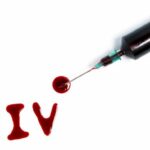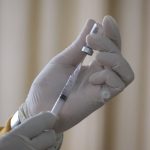Clearinghouse on Male Circumcision for HIV Prevention
Published on September 28, 2012 at 5:34 AM by FACE OF MALAWI
Conclusive research shows that medical male circumcision substantially reduces men’s risk of acquiring HIV infection through vaginal sex, making it an important addition to HIV prevention strategies in eastern and southern Africa.
In December 2006, scientists announced the results of two randomised controlled trials of male circumcision for HIV prevention. Conducted in Kenya and Uganda, these studies confirmed the findings of an earlier trial in South Africa that getting circumcised reduces a man’s chances of becoming infected with HIV by about 60 percent.
An expert panel, convened by the World Health Organization (WHO) and the Joint United Nations Programme on HIV/AIDS (UNAIDS) in March 2007, concluded that “the efficacy of male circumcision in reducing female-to-male HIV transmission has been proven beyond reasonable doubt.”
Based on this definitive evidence from three randomised controlled trials, WHO and UNAIDS recommend that voluntary medical male circumcision be offered as part of a comprehensive HIV prevention strategy in geographic areas with high prevalence of heterosexually transmitted HIV and low prevalence of male circumcision.
Because male circumcision does not provide complete protection against HIV infection, WHO and UNAIDS recommend that the procedure be offered as part of a comprehensive package of HIV prevention services. The recommended services are risk-reduction counseling, provision of condoms and instruction in their use, the offer of HIV counseling and testing, and screening and treatment for sexually transmitted infections.
Thirteen countries in eastern and southern Africa, along with Ethiopia’s Gambella Province, have been identified as priorities for expanding access to voluntary medical male circumcision. Modelling studies estimate that achieving — and then maintaining — 80 percent prevalence of male circumcision in the 13 priority countries would prevent 3.4 million HIV infections by 2025.
HIV infections would be averted in both men and women. Although it is not known whether male circumcision reduces transmission of HIV from men to women, male circumcision provides indirect protection for women by reducing their exposure to men who are infected with the virus.
Programmes to scale up male circumcision services are under way in 14 countries in eastern and southern Africa. The Clearinghouse on Male Circumcision for HIV Prevention is designed to support those efforts by providing evidence-based guidance, progress reports, resources for implementation, and a forum for sharing lessons learned.


